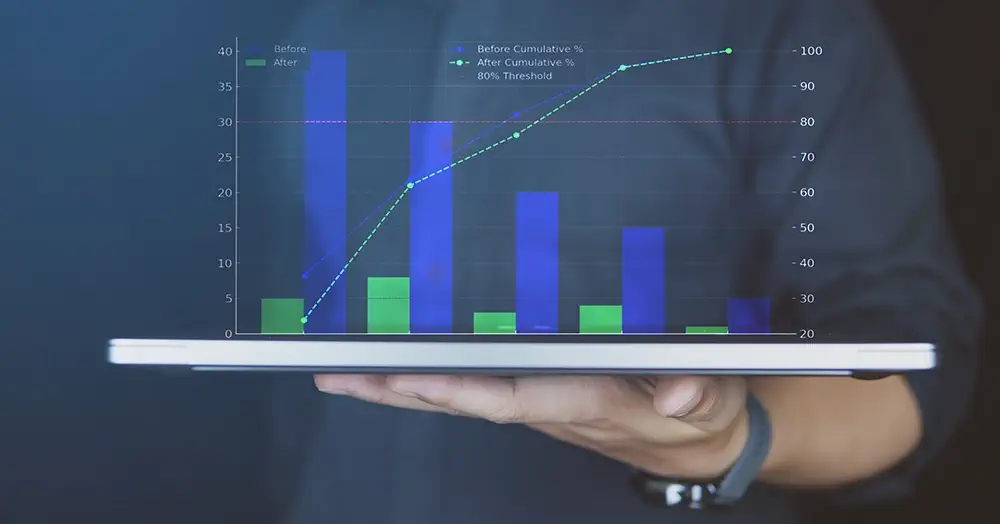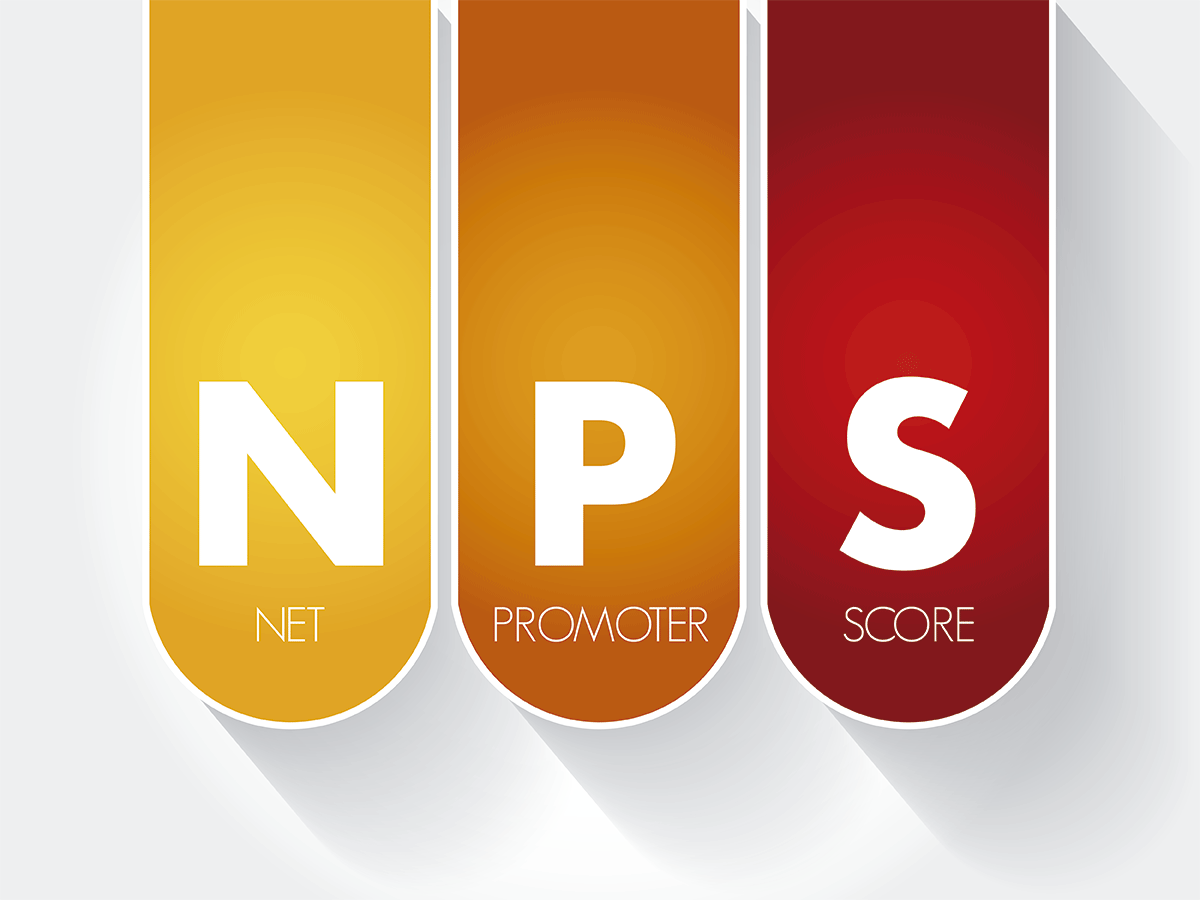For today’s event professionals, assessing success goes far beyond headline figures. Quantitative metrics provide visibility and comparability, but they don’t capture emotion, perception or intangible value. Qualitative metrics fill that gap, revealing why attendees acted a certain way, what they valued most, and what could be improved.
This article offers a practical guide to defining, gathering, and combining both types of data — because neither is complete without the other.
Quantitative Metrics: What the Numbers Can Tell You
Quantitative metrics are measurable, objective and comparable data points. They allow organisers to analyse performance from an operational and financial perspective.
Key Quantitative Indicators
Some essential quantitative KPIs include:
- Number of registrations or sign-ups
- Attendance rate / no-show percentage
- Average duration of participation per session
- Digital engagement (clicks, downloads, votes, interactions)
- Networking generated (meetings, contact exchanges)
- Direct and indirect revenue
- ROI (Return on Investment) and ROO (Return on Objectives)
- Lead-to-customer conversion rate
- Communication reach: mentions, web traffic, social media impact
These indicators form the structural backbone of any event analysis.
The Events Industry Council (EIC), for instance, regularly publishes data on RFP activity and room nights — showing how the business events sector continues to recover to pre-pandemic levels.
Limitations
- They don’t explain the why behind attendee behaviour.
- They fail to capture emotional response or perceived quality.
- They can skew focus towards easily measurable outcomes, ignoring deeper insights.
- They require integration across platforms (apps, surveys, CRM), which can be technically complex.
For these reasons, quantitative metrics should always be complemented with qualitative insights.

Qualitative Metrics: What Attendees Feel
Qualitative metrics explore perceptions, emotions, and subjective value. They complement numbers with nuance, providing the context that raw data cannot.
Key Qualitative Indicators
- Overall satisfaction (CSAT)
- Net Promoter Score (NPS)
- Open feedback and testimonials
- Brand perception and event image
- Perceived content quality (relevance, applicability)
- Logistical experience and customer care
- Emotional response: inspiration, motivation, sense of belonging
Methods to Capture Qualitative Feedback
- Post-event surveys with open-ended questions
- In-depth interviews or focus groups
- Sentiment analysis on social media and app comments
- On-site observation, moderators or “shadowing”
- Real-time feedback via apps, interactive walls or chat functions
PCMA highlights how organisers increasingly strive to define and measure Return on Emotion (ROE) — though many still struggle to quantify feeling in event contexts. Similarly, MPI stresses that emotional arousal lies at the heart of experiential events, strongly influencing memory, engagement, and satisfaction.

Combining Quantitative and Qualitative Metrics
To truly understand event success, organisers must bridge the gap between data and sentiment — combining performance metrics with participant perceptions.
How to Structure a Mixed Approach
- Define clear objectives at the outset.
- Assign both quantitative and qualitative KPIs to each objective.
- Gather data across phases — before, during, and after the event.
- Cross-reference results to find correlations or anomalies.
- Visualise insights via dashboards combining charts and narrative quotes.
- Investigate discrepancies (e.g. high attendance but low satisfaction).
Benefits of a Mixed Approach
- Delivers a holistic and realistic view of the event’s impact.
- Reveals areas for improvement that raw numbers may hide.
- Strengthens data-driven decision making.
- Increases credibility with sponsors and stakeholders.
Emerging Trends in Measuring Event Success
The MICE industry is evolving toward smarter, data-driven methodologies focused on real-time analytics and behavioural insight.
Key Trends
- Real-time analytics to monitor engagement live and adjust tactics on the fly
- AI and natural language processing for sentiment analysis of comments and chat
- Longitudinal impact measurement, to understand how behaviours evolve post-event
- Omnichannel integration tying together app, messaging, web and physical interactions
- Predictive modelling to anticipate drop-offs or satisfaction levels
The Futures Landscape Report by the Events Industry Council explores 12 macro trends likely to shape business events — including technology, talent, infrastructure and wellbeing. PCMA also summarises this report and identifies key forces reshaping the industry.

EVA Insights: Bridging Metrics and Experience
Aligning with these trends, Eventscase has launched EVA Insights — an evolution of its virtual assistant that transforms attendee interactions into structured data.
What EVA Insights Delivers
- Converts attendee messages, searches, and conversations into actionable insights
- Builds digital twin profiles that evolve with each engagement
- Produces real-time dashboards combining quantitative and qualitative layers
- Enables organisers to adapt decisions during the event and deliver more meaningful post-event reports
EVA Insights enhances rather than replaces traditional KPIs — connecting them to the human side of the event experience.
Conclusion
Measuring event success means uniting what can be counted with what can be felt:
- Quantitative metrics give structure and comparability.
- Qualitative signals add meaning and depth.
- Tools like EVA Insights help synthesise both into a coherent, actionable narrative.
A hybrid, technology-supported evaluation model transforms event measurement from simple reporting into strategic intelligence — helping professionals design experiences that truly resonate.
If you would like to subscribe to our newsletter to get live updates on everything related to our platform – news, blogs, events, announcements and much more, please, register here.





